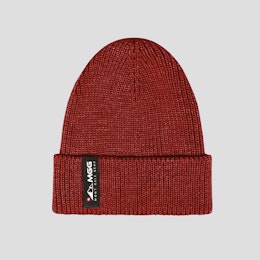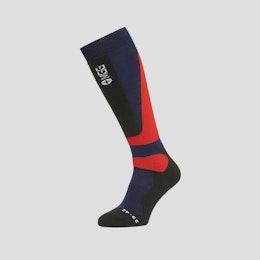This is a topic that’s very close to our hearts at MGG. What’s the real cost of the clothes that we wear? In this article I’m going to focus primarily on the human costs, because I’ll cover the environmental costs in more detail in future articles.
A $9 t-shirt from your favourite fast fashion brand - ever wondered how they can make a t-shirt for that kind of price? Well, if you haven’t, you should! The reality is that a lot of things happen behind the scenes to make this possible, which most consumers would not be thrilled about. Generally, this information is not shared with the end consumer, nor easily available.
First of all, some basic business economics. If a t-shirt is sold for $9, that means that the brand has probably paid about $2.50 to the manufacturer to purchase it. Yes, the majority of the margin is taken by the brand in the market where the product is sold, and only a small fraction goes to the manufacturing company. Of this $2.50, about 30% is split between labour/operational costs and profit for the manufacturer. The rest is spent buying the raw materials and transporting them. Therefore, the manufacturer ends up making about $0.75 per t-shirt in margin (this amount includes wages, rent, admin costs, profit, etc.). Prices as low as these can only be achieved by paying extremely low wages, typically under $150/month to employees. If instead the workers earned a European standard wage of $2,000/month (including social charges, benefits, etc.), that would increase the price of the manufactured goods by at least 300%, and accordingly the retail price would rise considerably. Low prices can mean poor working conditions and low salaries, although we must of course factor in the cost of living in the country of the worker in question. Nevertheless, according to Oxfam, only 1% of workers in the textile industry in Asia make a living wage.
Despite this, often these factory workers are considered the lucky ones by comparison to workers further up the chain who produce the raw materials that go into the products. In order to meet the low prices demanded by western retailers and consumers, factories squeeze their raw material suppliers, which often employ the least well educated and most vulnerable. Often these people come from rural communities where there are few other options for work. It’s also not uncommon for there to be feudal style labour agreements, often with significant cultural discrimination thrown into the mix.
The environmental effect of clothing manufacturing can also have a direct effect on humans. Take cotton, for example. This is a very thirsty crop, which is often grown in arid areas, meaning that aquifers and lakes are drained for irrigation (you only have to look at the Aral Sea over the past 50 years to see the effects of this). In developing countries, frequently these largely unseen costs are neglected before it’s too late, and few mediating actions are taken by farmers to offset the effects of their operations, because they’re merely focused on keeping costs as low as possible. This in turn has a huge impact on the quality of life of people living in these regions, who depend upon natural resources for their livelihoods and own survival.
“Profit margins for brands have also increased thanks to these lower costs, and buying multiples (the proportion of cost versus retail price) have risen from an average of about 2x in the 1950s, to 5-8x for branded goods in 2021.”
The outsourcing of manufacturing from the western world to developing countries has enabled westerners to buy cheaper products than ever before. However, the cost has been enormous for workers and the environment in both the developing world, and the developed world. Increased inequality has been a further knock-on effect, as manufacturing jobs in western countries tend to be high-skilled and pay well. Profit margins for brands have also increased thanks to these lower costs, and buying multiples (the proportion of cost versus retail price) have risen from an average of about 2x in the 1950s, to 5-8x for branded goods in 2021. This leads to larger, more profitable brands, and few opportunities for workforces to organise themselves and fight back (not least because these brands don’t directly own the factories that supply them). What’s the point of workers fighting their own factory owners, when often these individuals aren’t even making much of a profit themselves?
We believe that the products that we consume, represent who we are. As such, it’s crucial for us here at MGG that everyone in our supply chain makes a fair living, and is able to benefit from high standards in terms of working conditions and environmental norms. We challenge other brands to adopt radical transparency and help elevate those at the bottom of the supply chain, rather than simply lining the pockets of those at the top. Please think twice about the real cost of your clothing the next time that you go shopping. For clothing, maybe less, is in fact more - for us all.
 Add
Add
 Add
Add
 Add
Add
